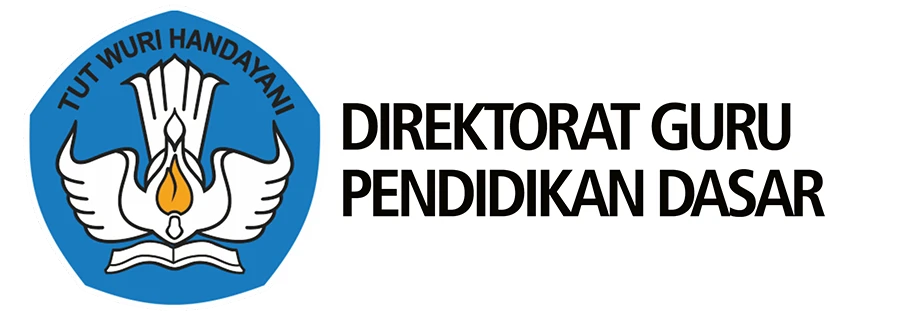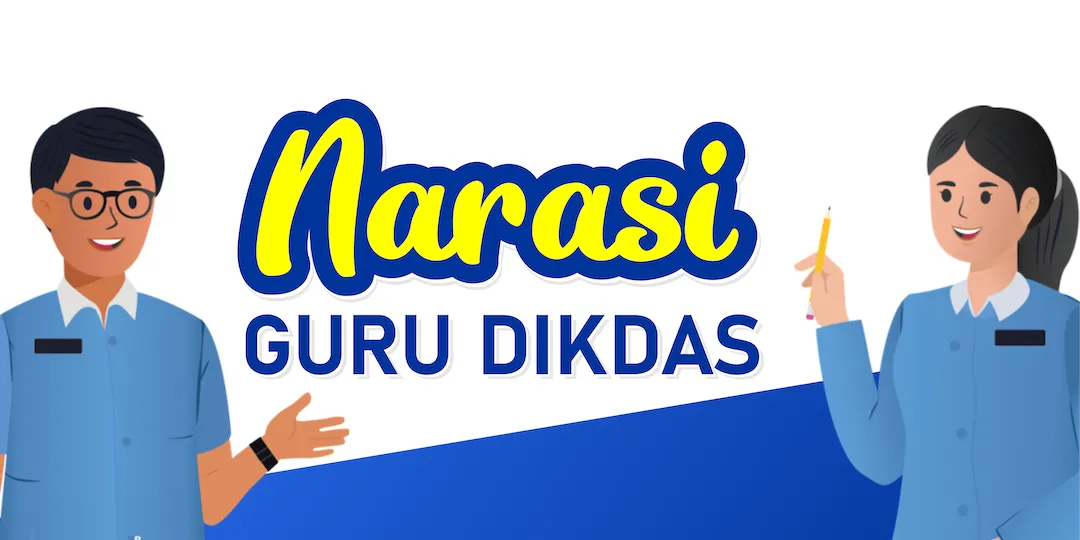Mewujudkan Peserta Didik Terampil dan Mandiri Melalui Kewirausahaan di Sekolah Satu Atap
DOI:
https://doi.org/10.26811/didaktika.v7i1.1015Abstract
The One Roof School is the Government's innovation in the compulsory education program in Remote, Scattered, and Isolated areas. One of the programs to create skilled and independent students is the entrepreneurship program. This research is field research with a case study method taken from the best experience conducted by school principals. This research was conducted at the Tambelang One Roof Public Junior High School, Bekasi, West Java for the 2019/2020 academic year. During implementation, students are observed and measured using an instrument sheet, this aims to measure the skilled and independent attitudes of students. Data were analyzed using the Miles and Huberman interactive analysis method. Based on the results of data analysis in the field, it was found that after the implementation of the program, the number of students who were quite skilled to very skilled became 98% or as many as 63 children, with an increase of 86%. Independence increased to 95%, from only 3 people to as many as 64 people. In conclusion, through the direct practice of business activities in schools, students can experience, examine, and understand the concept of entrepreneurship so as to shape students' entrepreneurial attitudes and mentality, namely being skilled and independent.
References
Amirullah, H. (2003). Alat evaluasi keterampilan. Jurnal pendidikan jasmani dan ilmu keolahragaan. Depdiknas.
Anton, Sukarno. (1989). “Perbedaan Keefektifan Sistem Buku Pegangan Kuliah Ditinjau Dari Bakat, Sikap Mandiri, Persepsi Kualitas Pengajaran pada Mahasiswa Jurusan Ilmu Pendidikan FKIP UNS”. Tesis. Indeks.
Brookfield, S. D. (2000). Understanding and Facilitating Adult Learning. Josey-bass Publiser.
Daryanto. (2013). Kewirausahaan: Penanaman Jiwa Kewirausahaan. Gava Media.
Departemen Pendidikan Nasional. (2008). Kamus Besar Bahasa Indonesia Pusat Bahasa, Edisi Keempat. Gramedia Pustaka Utama
Hakim, T. (2006). Mengatasi Rasa Tidak Percaya Diri. Puspa Swara
Ma’mun, A., & Yudha. (2000). Perkembangan Gerak dan Belajar Gerak. Depdikbud.
Peraturan Menteri Pendidikan dan Kebudayaan Republik Indonesia Nomor6Tahun 2018 tentang Penugasan Guru sebagai Kepala Sekolah.
Peraturan Menteri Pendidikan Nasional Republik Indonesia Nomor13Tahun 2007 tentang Standar Kepala Sekolah.
Peraturan Pemerintah Republik Indonesia Nomor13Tahun 2015 tentang Standar Nasional Pendidikan.
Peraturan Pemerintah Republik Indonesia Nomor 47 Tahun 2008 tentang Wajib Belajar.
Sukarno, A. (1989). Ciri-ciri Kemandirian Belajar. Kencana Prenada Media.
Suryana. (2006). Kewirausahaan Pedoman Praktis: Kiat dan Proses Menuju Sukses. Penerbit Salemba Empat
Syam, M. N. (1999). Pengantar Filsafat Pendidikan.FIP IKIPMalang.
Undang-Undang Dasar Republik Indonesia Tahun 1945
Undang-Undang Republik Indonesia Nomor 20 Tahun 2003 tentangSistem Pendidikan Nasional
Widiastuti, S.,& Muktiani, N. R. (2010). Peningkatan Motivasi dan Keterampilan Menggiring Bola Dalam Pembelajaran Sepakbola Melalui Kucing Tikus Pada Siswa Kelas 4 SD Glagahombo 2 Tempel. Jurnal Pendidikan Jasmani Indonesia.
Zimmerer, W. T. (2004). Essentials of Entrepreneurship and Small Business Management. Prentice-Hall.
Waspada, Ikaputera. (2004). Sukses Usaha Sukses Profit. Media KomunikasidanInformasi Pengabdian Kepada Masyarakat [Online], Tahun IV Nomor 4 Oktober2004, 12 halaman.Tersedia: http://jurnal.upi.edu/file/Ika_P.pdf.
Downloads
Published
Issue
Section
License
Copyright (c) 2023 Jurnal Didaktika Pendidikan Dasar

This work is licensed under a Creative Commons Attribution-ShareAlike 4.0 International License.
















